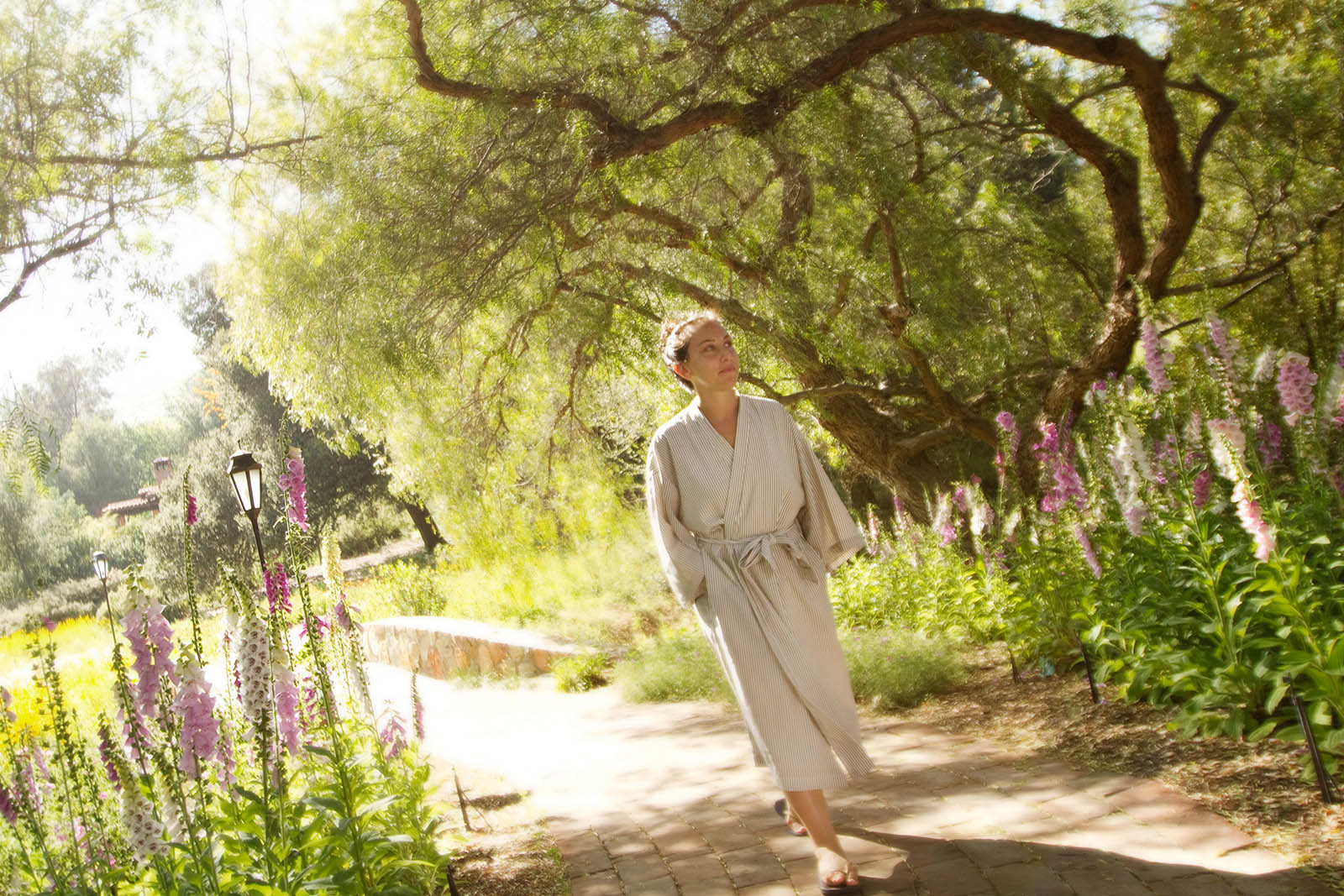The Best Options for Breast Cancer Screening

Every day our doctors and researchers make strides in our battle against breast cancer. However, until the battle is won – the best bet is for each woman to be aware of her risks and what steps to take to minimize these risks and to manage her screenings appropriately.
Women’s cancers often come with a different set of risk factors than those shared with their male counterparts. At the top of the list for breast cancer is a lengthened fertility period, by an early onset of menses or a late start of menopause, and/or no pregnancies. Other uncontrollable risk factors are age, race and family history. And of course, there are those controllable risk factors such as obesity, a diet high in fat, lack of exercise and the use of hormone therapy.
As with most cancers, if you have to begin the battle, it’s easiest to overcome if it’s caught early. An option for women starting in the 20s is self-examination. For one thing, it’s free and it allows women to get accustomed to the changes in their breast tissue due to their monthly cycle and aging. The drawbacks are the low correlation to breast cancer diagnosis and the possibility of leading to excess biopsies. What’s the current recommendation? Either skip this screening, or conduct with caution and discuss the practice with your physician. Click here for a description on how to do a self-examination. (http://www.webmd.com/breast-cancer/guide/breast-self-exam )
The most common screening, and still the ‘gold standard’ for breast cancer, is the mammogram. Despite the redeeming qualities, such as early detection and an overall reduction in deaths, mammograms do have their critics. Up to 20% of cancers are missed and reported as negative, especially in younger women who have high breast density. On the other hand, there are plenty of false positives that lead to over diagnosis and overtreatment. The current NCI (National Cancer Institute) recommendation for breast cancer screening is to have a mammogram every 1-2 years if you’re over 40, regardless of implants. High-risk women may benefit from screenings before 40.
Digital mammography is newer technology that is similar to the traditional mammogram except that the images are digitally read by a computer. In this manner, the images are more easily reviewed for changes in contrast and density, with the added bonus of a ‘second opinion’ from the radiologist. When compared directly against traditional mammography, both have similar accuracy when detecting cancer – but digital mammography is significantly better when screening younger women who have dense breast tissue.
Another newer screening technology is conducting a breast MRI. Using traditional MRI technology in specially designed machines, this MRI is able to detect smaller growths due to the increased sensitivity of the test, at the same time reducing expose to radiation. This can be increasingly important for those women with implants, as the MRI can distinctly visualize the implant and the breast tissue. Because of the heightened sensitivity, breast MRIs are not without their critics. Small suspicious masses can turn out to be nothing; in the meantime, causing undue anxiety and unnecessary biopsies. What’s the current recommendation? Breast MRIs may be best for younger women with dense breast tissue and a high risk for developing breast cancer.
At the end of the day, which option is best for you? Before you start combing the Internet, we recommend that you talk to your physician about which of the available choices are best for you. Depending on your age, risk factors and breast density – your doctor may recommend any of the above screening options. Your insurance coverage may also dictate which screening is financially available to you. The important thing is that you do some sort of screening.


